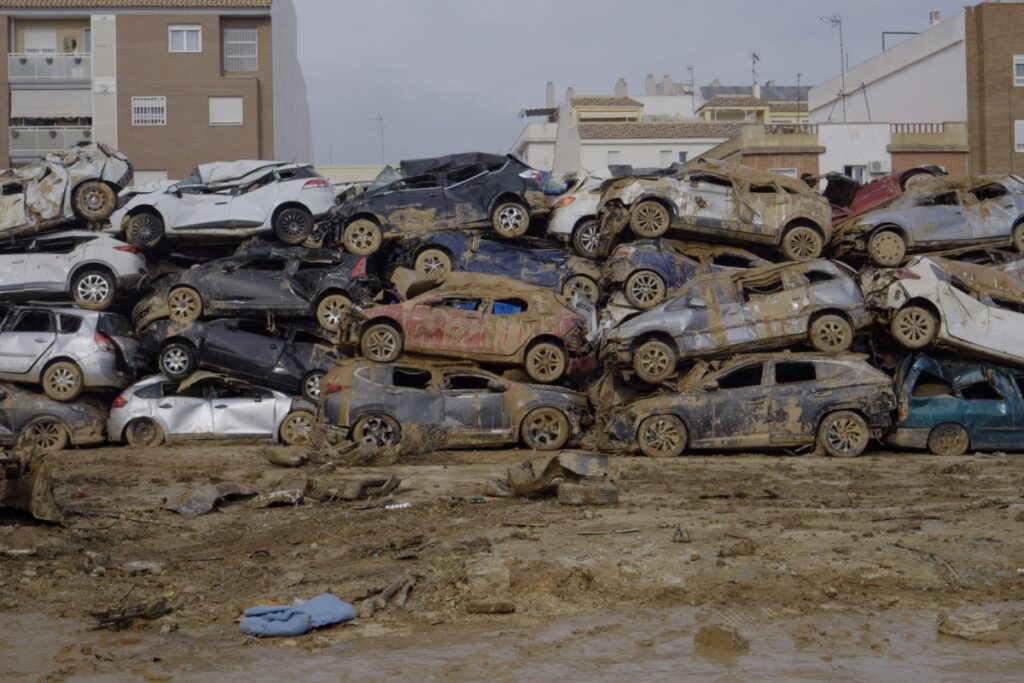Heavy rains across eastern Mexico have triggered devastating floods, resulting in 64 confirmed deaths and extensive infrastructural damage. Authorities report that hundreds of communities in states such as Veracruz, Puebla, Chiapas, and Tabasco were severely impacted by overflowing rivers, landslides, and inundated roads. Many homes and bridges were washed away, leaving thousands stranded or displaced. In Veracruz, the worst-hit area, dozens of towns remain cut off, and emergency crews are scrambling to reach them.
Widespread Damage and Loss of Life
Emergency response teams have launched broad search and rescue operations, often navigating submerged routes. Officials stress that conditions remain hazardous as more rain is forecast. In the hardest hit zones, communication lines and transport infrastructure have broken down, complicating coordination. Some rural roads have become impassable, preventing relief convoys from delivering critical supplies. Municipal and state agencies continue to assess damage and map out where help is needed most.
Government Response and Aid Efforts
The federal government has mobilized multiple agencies to assist with the crisis. President Andrés Manuel López Obrador promised resources for affected regions, pledging support for reconstruction and relief distribution. The National Guard, Civil Protection, and armed forces are collaborating with state authorities to evacuate residents and deliver water, food, and medical aid.
Claudia Sheinbaum, the Secretary of the Interior, emphasized that the government has deployed 1,500 personnel and dozens of helicopters and trucks to assist remote communities. She affirmed that priority is being given to vulnerable populations, such as the elderly, disabled, and children. In some municipalities, local governments have declared states of emergency to speed the allocation of funds for reconstruction and to qualify for federal relief programs.
International and non-governmental organizations have also offered assistance. Aid groups are coordinating with local authorities to provide temporary shelter, drinking water, hygiene kits, and medical attention. Efforts to restore electrical power, sanitation, and access to clean water are underway in badly affected towns.
Challenges and Ongoing Risks
Despite the mobilization, challenges persist. Some regions are still isolated, and geophysical instabilities, such as landslides, remain a risk, especially in mountainous areas. Even in zones reached by relief teams, flooding continues to hamper logistics. Authorities warn that the rains may intensify in coming days as tropical systems pass nearby.
The humanitarian response is under pressure from damaged infrastructure, unpredictable weather, and the scale of the disaster. In many localities, roads are washed out, bridges collapsed, and riverbanks eroded. Officials are prioritizing reconnection of major supply routes to enable sustained relief distribution. Medical teams are also monitoring for outbreaks of disease, especially waterborne illnesses, that tend to emerge after flooding.
Moreover, communities that were already vulnerable, economically or geographically, are bearing a heavier burden. Many residents lost homes, crops, or livelihoods in the deluge, increasing their dependency on external support. Reconstruction plans will need to address not only physical rebuilding but also long-term resilience, especially as regional climate shifts bring more intense precipitation events.
Forecast and Precautionary Measures
Meteorological services expect more rain over the next 48 to 72 hours in certain eastern and southern states. Local warnings have been issued for Veracruz, Oaxaca, Tabasco, and adjacent regions, alerting citizens to potential flash floods and river overflow. Residents in risk zones have been advised to relocate to higher ground and heed official evacuation orders.
Authorities continue to patrol riverbanks and dams, monitoring water levels and reinforcing embankments where possible. Early-warning systems, such as alerts via mobile networks, are in operation to advance evacuation notices. Community volunteers, civil protection brigades, and local governments coordinate to identify safe shelters and routes out of danger areas.
Meanwhile, infrastructure assessments are in progress to determine which bridges, roads, and utility lines need urgent repair. Priority is being given to restoring connectivity to isolated communities to allow continuous delivery of aid. Engineers and geologists are analyzing terrain stability in landslide-prone zones.
In the coming days, response efforts will focus on sustaining immediate relief, extending reach to isolated areas, and laying the groundwork for medium-term recovery and flood mitigation.


